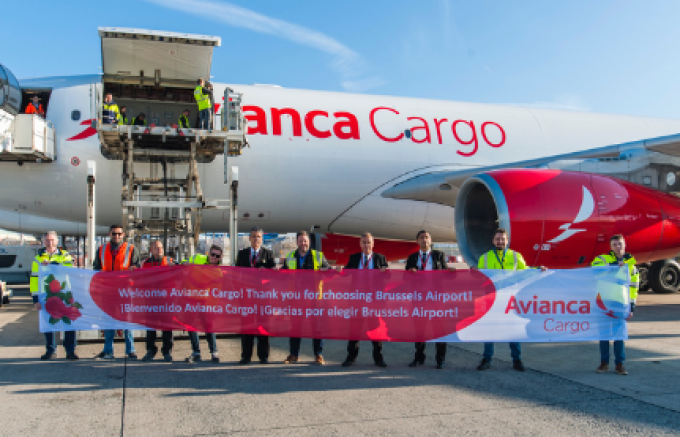Airbus u-turns on its Beluga fleet goal
Airbus has suspended all flying by its new heavylift airline, Airbus Beluga Transport (AiBT), and ...

A resurgent Latin American airfreight market is driving an increase in freighter activities in the region.
Last week, Colombia-based Avianca announced it would be adding between two and four converted A330 freighters to its fleet over the next two years, beginning towards the end of this year.
If the carrier opts for four conversions, its maindeck capacity would rise by 70%. Currently it operates four A330-200 production freighters and one B767-300F.
The additional freighters aim to boost Avianca’s lift out of Colombia and ...
Asia-USEC shippers to lose 42% capacity in a surge of blanked sailings
USTR fees will lead to 'complete destabilisation' of container shipping alliances
New USTR port fees threaten shipping and global supply chains, says Cosco
Outlook for container shipping 'more uncertain now than at the onset of Covid'
Transpac container service closures mount
DHL Express suspends non-de minimis B2C parcels to US consumers
Zim ordered to pay Samsung $3.7m for 'wrongful' D&D charges
Flexport lawsuit an 'undifferentiated mass of gibberish', claims Freightmate

Comment on this article